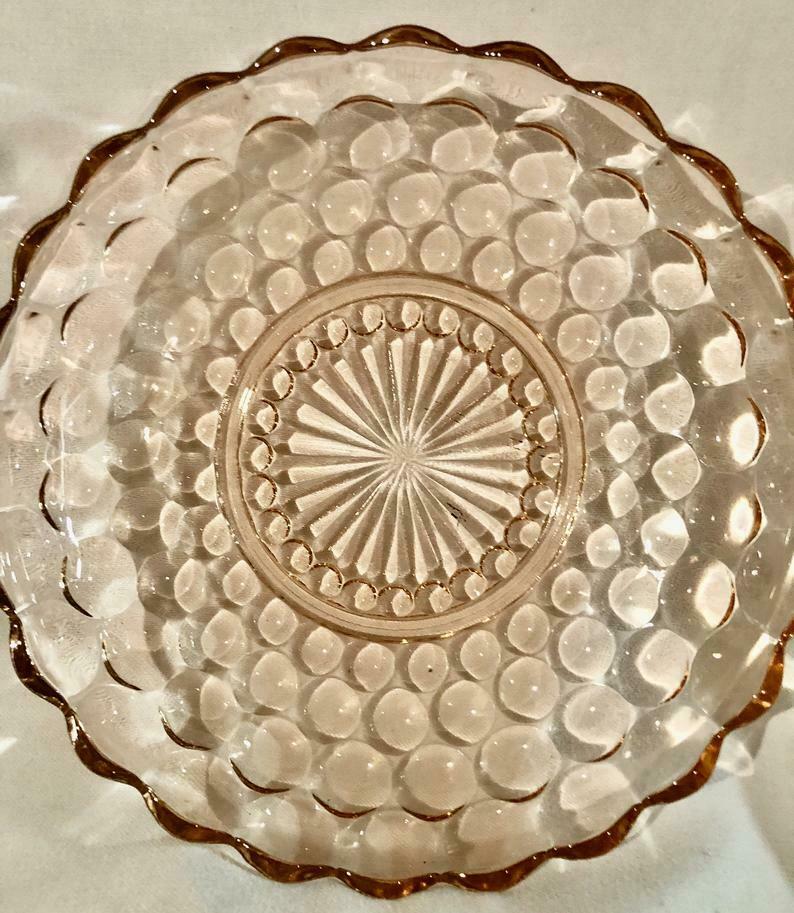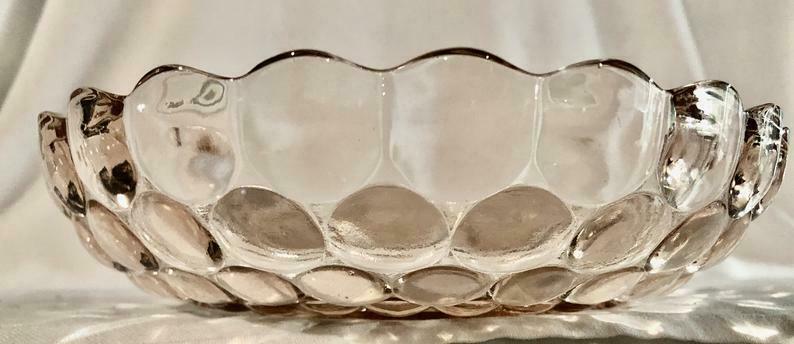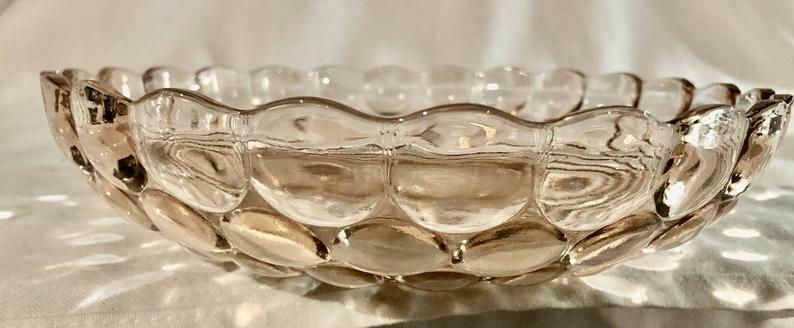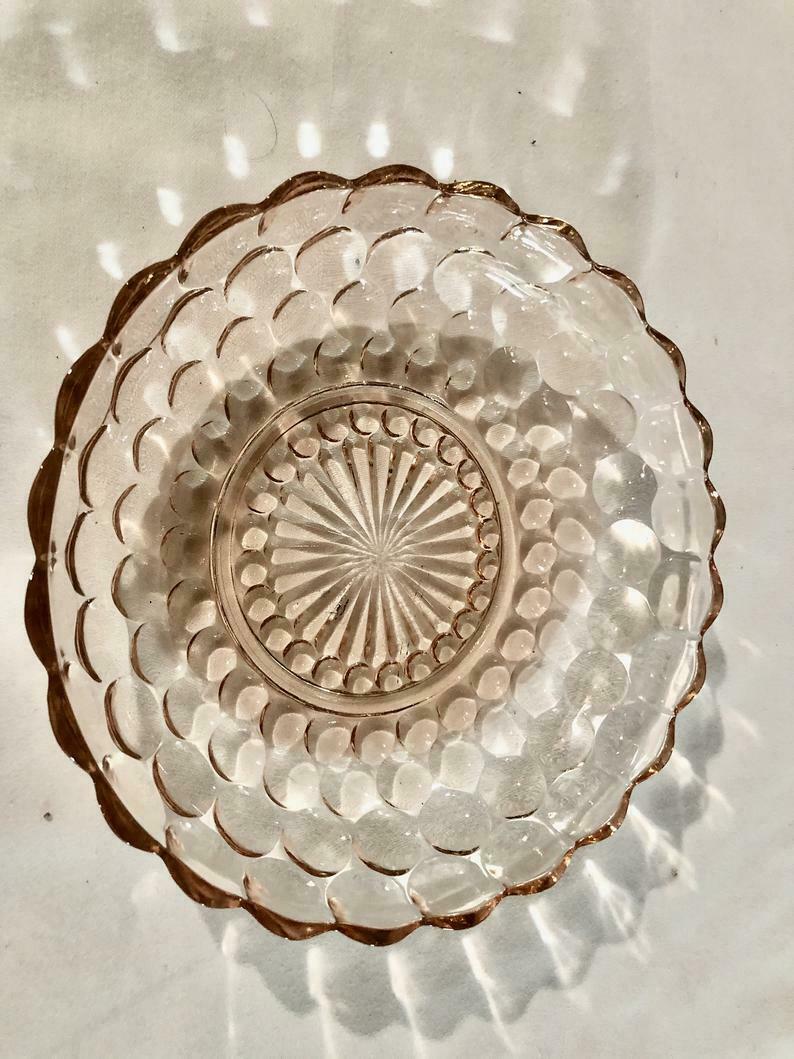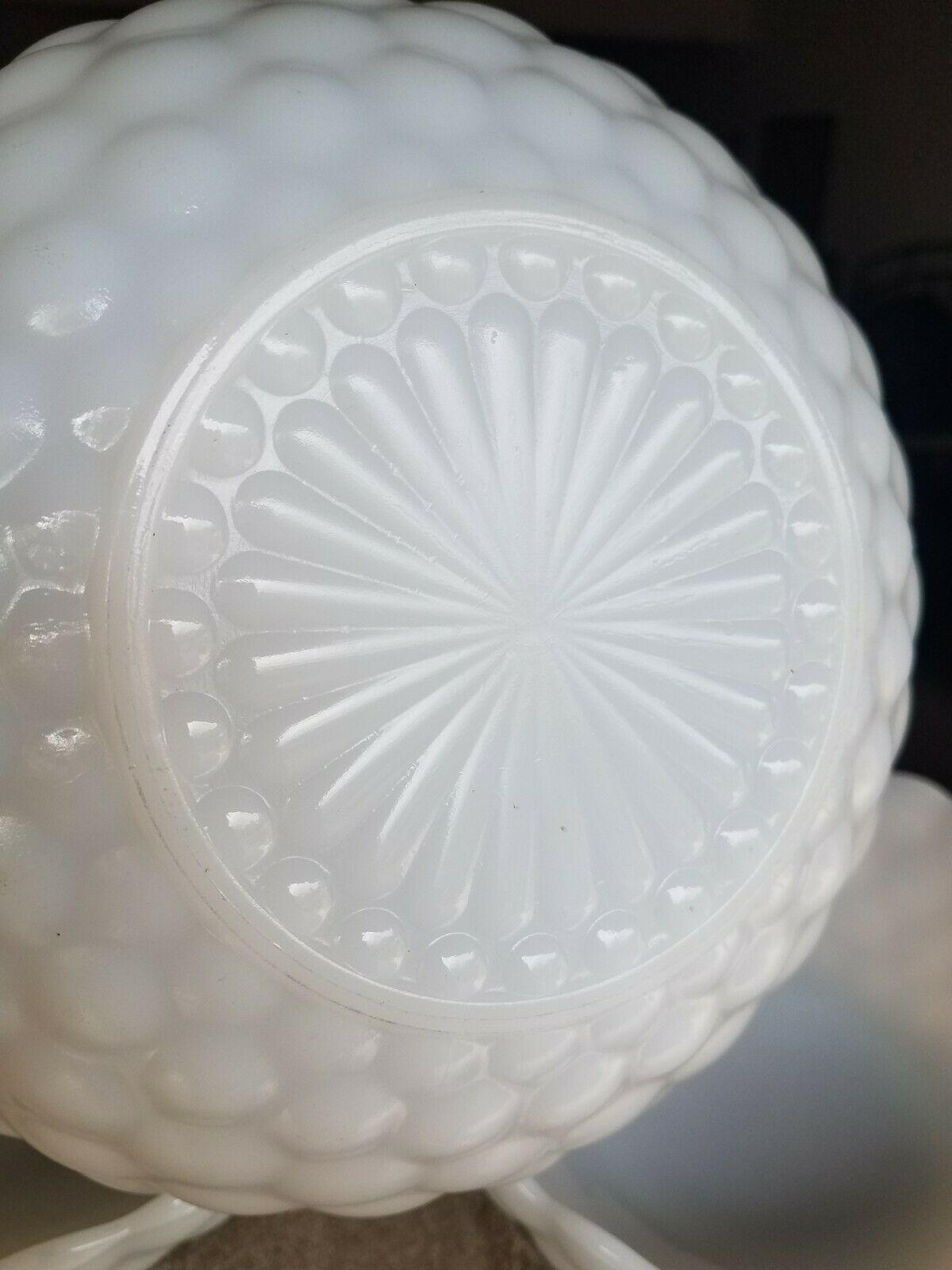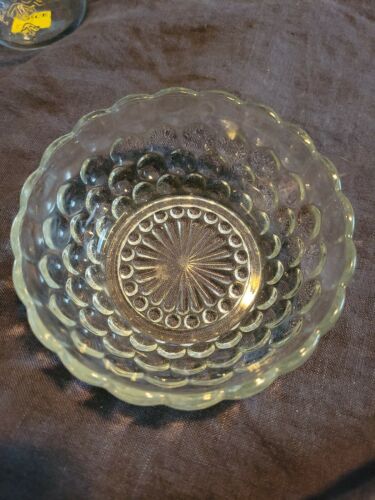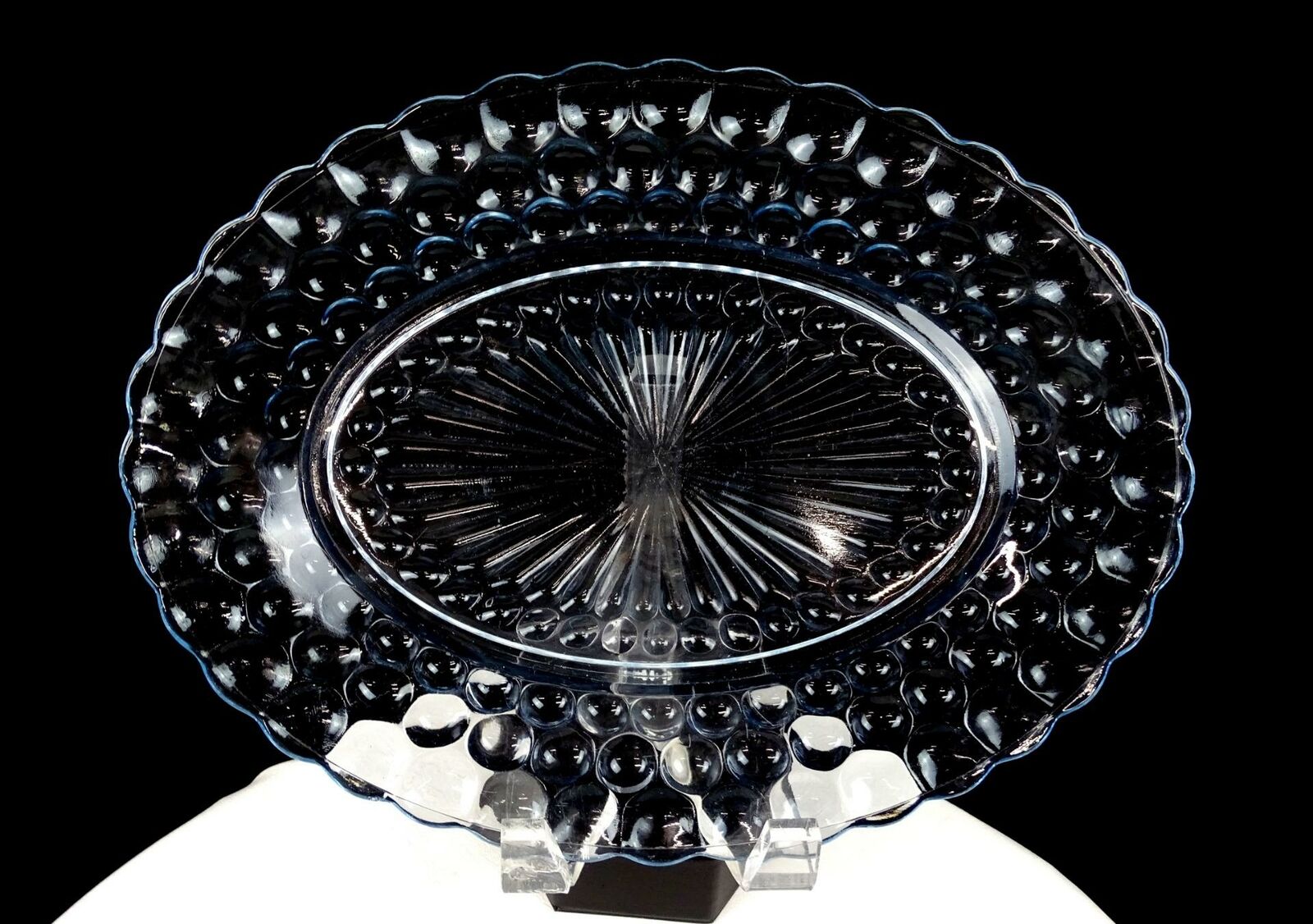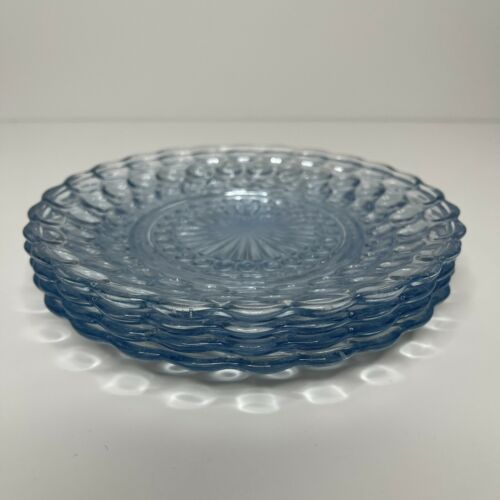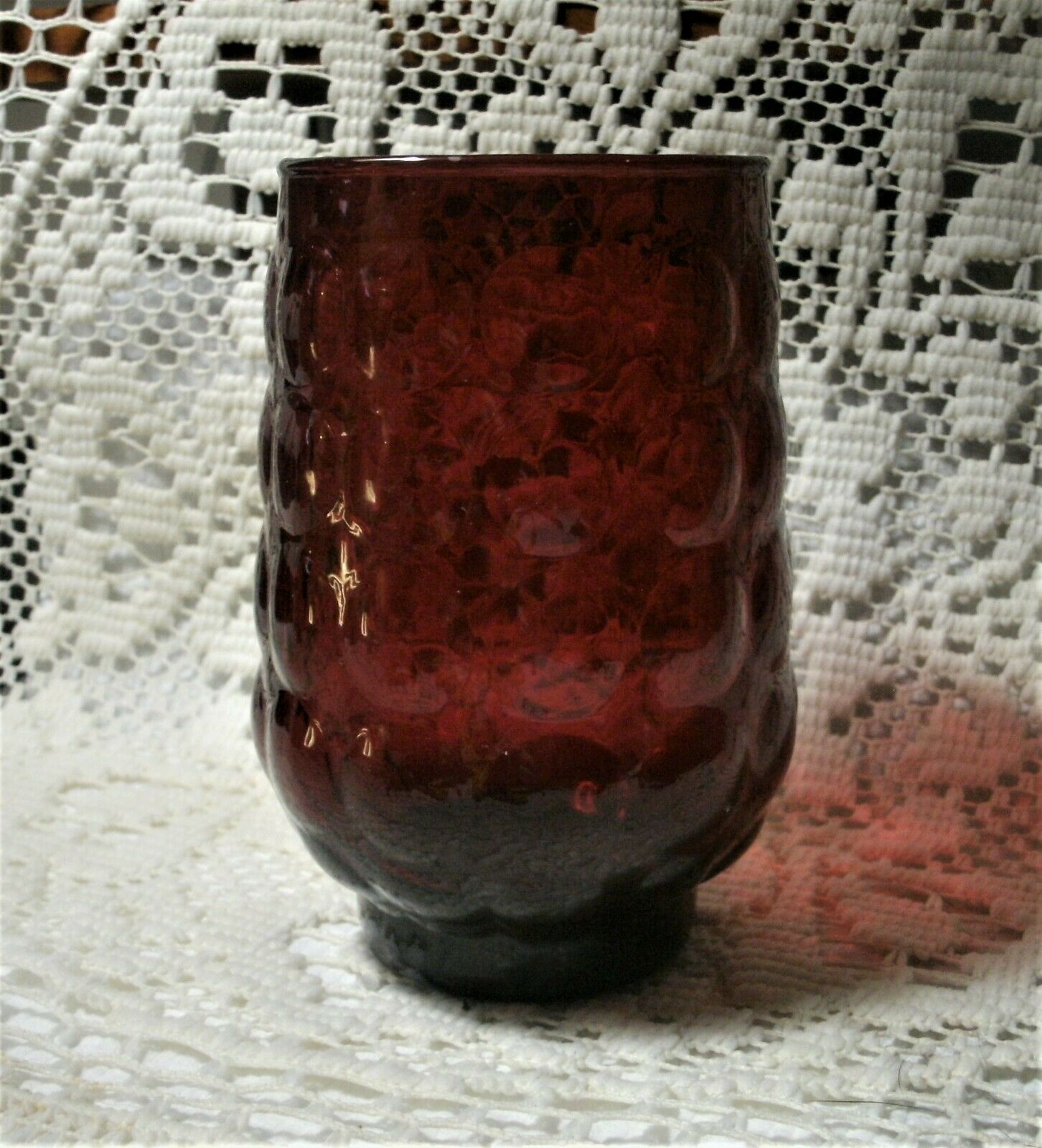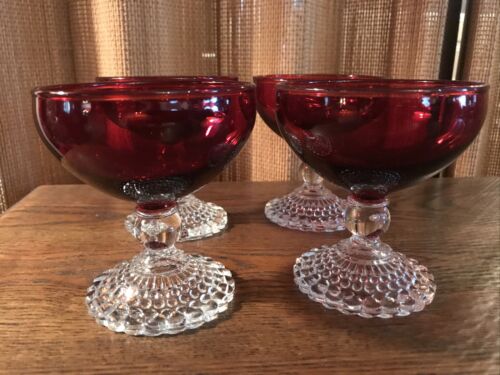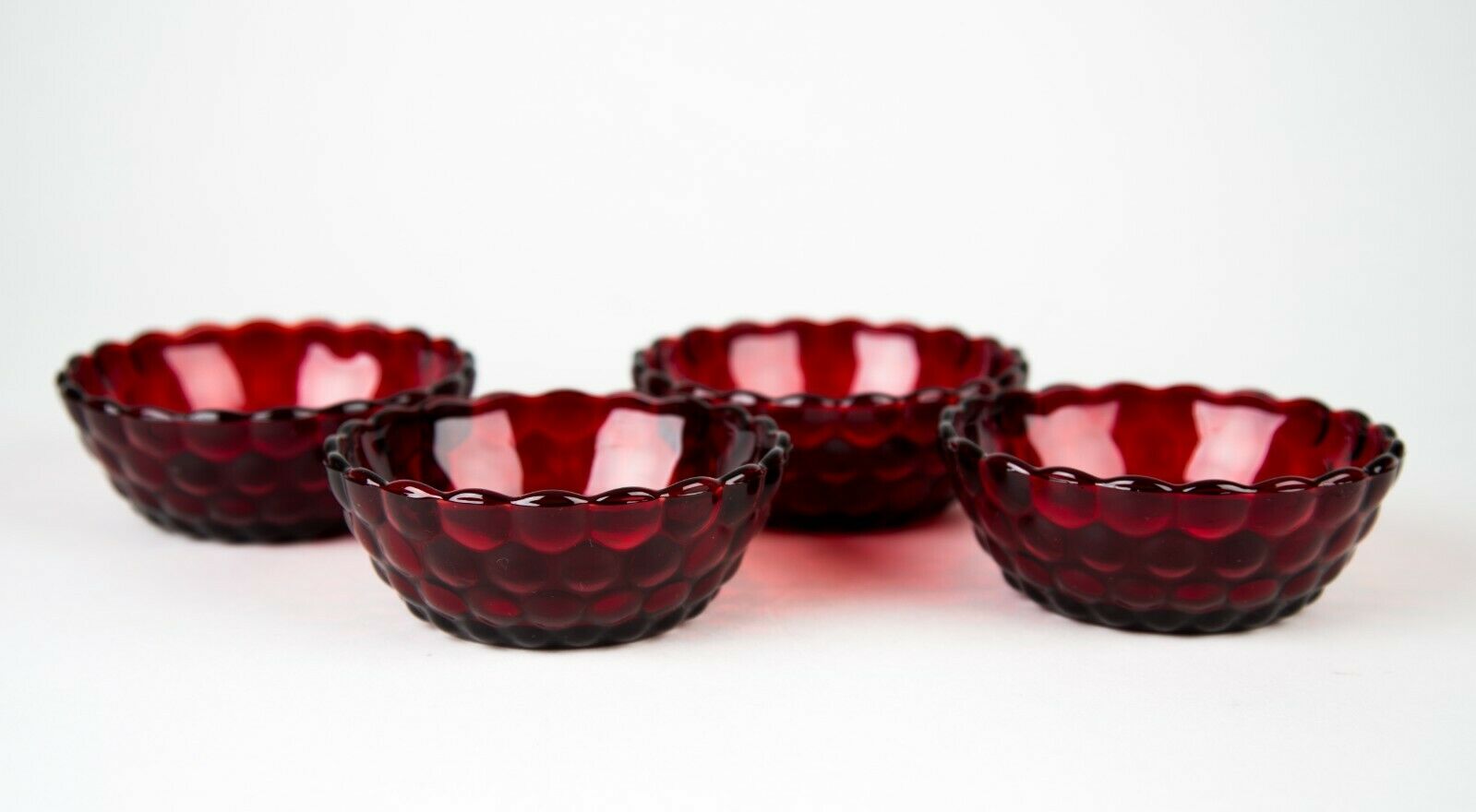-40%
2-Vtg Hocking Blush Pink Bubble/Bullseye Depression Glass Fruit Centerpiece Bowl
$ 20.27
- Description
- Size Guide
Description
Vintage Blush Pink Bubble/Bullseye Depression Glass Fruit Bowl/Centerpiece, Hocking Glass Co, Circa 19342 - fun vintage blush pink depression glass fruit bowls were made by the Hocking Glass Co in 1934.
Known under the pattern name of bubble or bullseye it has large soft round "Bubbles"
It measures 2" x 8 1/2" and can be used as a fruit bowl, serving bowl or centerpiece.
There are no chips or cracks
Saying times were tough during the Great Depression is nothing less than an understatement. Most Americans that didn’t lose their jobs were often forced to take pay cuts. Learning to live on little or nothing was the way of life for many families for the decade beginning in 1929. Today we recognize many items used in the home during the 1930s as collectibles, including Depression glass.
To those who look beyond the surface and partake in the challenges and triumphs offered, Depression glass is more than just another collection.
It provides an intriguing, interesting hobby rich with history, and it brightens the home along with the spirit just as it did back in the day.
From the late-20's through the early '40s, manufacturers such as Federal Glass, MacBeth-Evans, and Hocking Glass brought a little cheer into some very dreary days by manufacturing the product we now know as Depression glass. This mass-produced molded glassware was of relatively poor quality -- often exhibiting air bubbles, heavy mold marks, and other flaws in the glass -- yet it came in beautiful colors and patterns to suit every taste.
More than twenty manufacturers made more than 100 patterns, and entire dinner sets were made in some patterns. Common colors are clear (crystal), pink, pale blue, green, and amber. Less common colors include yellow (canary), ultramarine, jadeite (opaque pale green), delphite (opaque pale blue), cobalt blue, red (ruby & royal ruby), black, amethyst, monax, and white (milk glass).
The most popular colors with collectors today are pink in varying hues (some are very light in color, while others have an orange tint to the pink), cobalt blue, and green. Depression glass was also made in amber, iridescent, opaque white known as Monax, and several other colors as well. Some of the most popular patterns buyers seek today are Cameo, Mayfair, American Sweetheart, Princess and Royal Lace.
Even the pattern names alluded to better times and a longing for the glamorous lifestyles of the 1920s.
Depression glass was popular and affordable when it was new. The dime store, where the thrifty homemaker could find everything from toiletries to household goods, was a common source for this inexpensive purchase.
At a time when a loaf of bread would set you back about a nickel, frugal shoppers could also buy a piece of Depression glass for around the same price. In fact, there’s a fantastic photograph included in The Collector’s Encyclopedia of Depression Glass by Gene Florence (now out of print but available via used booksellers) showing a Woolworth's window display advertising an Old Colony pattern sherbet dish and under plate "complete" for 10 cents.
Depression glass also made its way into American homes through the issuance of premiums. Sellers or manufacturers would offer a free gift with the purchase of a certain dollar amount of goods or a specific product, and penny-pinching ladies took full advantage of these freebies.
Glass was plucked from an oatmeal box one week, then from a detergent box the next. Sometimes gas stations would throw in a punch bowl and matching set of cups with an oil change. Movie theaters got in on the action offering a piece of glass with a ticket to a Saturday matinee. You might even hear old timers refer to some of these pieces as "oatmeal glass" due to their origin.
